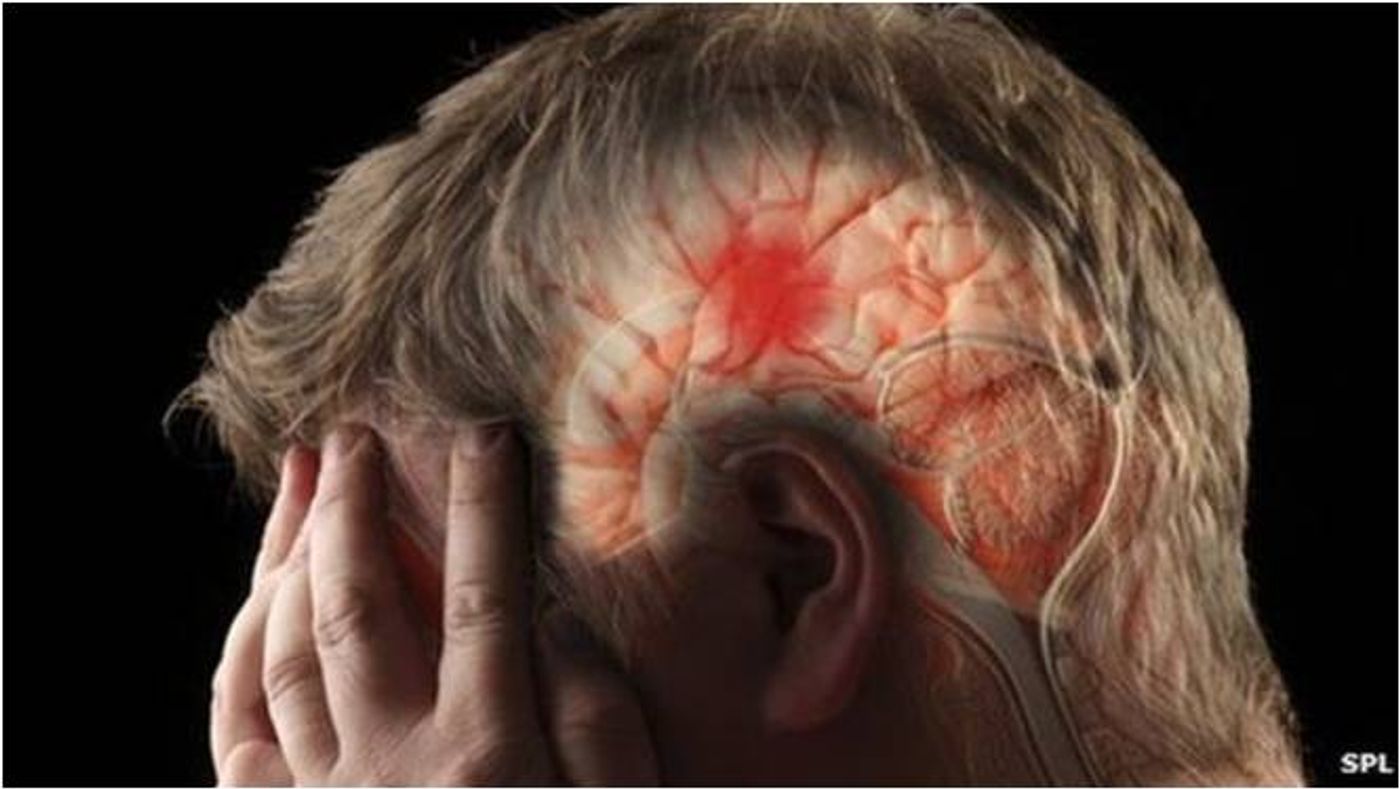In medical emergencies like strokes, every second matters. The condition is highly time-sensitive, as survival is directly correlated with rapid diagnosis and treatment. That is why researchers at Cornell University have developed a new method of detecting strokes in less than 10 minutes.
Strokes, also known as cerebrovascular accidents or brain attacks, occur when cells in the brain die due to insufficient blood flow (ischemia) or bleeding within the brain tissue (hemorrhagic). "Three quarters of stroke patients suffer from ischemic stroke - a blockage of a blood vessel in the brain. In those cases, time is of the essence, because there is a good drug available, but for a successful outcome it has to be given within three or four hours after the onset of symptoms," says Roy Cohen, the study’s lead author. "By the time someone identifies the symptoms, gets to the hospital, and sits in the emergency room you don't have much time to obtain the full benefit of this drug," he adds.
The newly diagnostic platform could reduce stroke detection time to just 10 minutes. The technology cleverly detects a stroke biomarker called neuron-specific enolase (NSE) and converts that detection into measurable light output. And so, by quantifying the amount of light produced, the team can deduce the level of NSE in the blood, which is indicative of stroke presence and severity.
The rapid detection hinges on tethering nanoparticles to light-producing enzymes like pyruvate kinase and luciferase. This coupling resulted in higher sensitivity and faster detection of NSE, as compared to having the enzymes in solution. According to co-author Alex Travis, the idea to attach enzymes to nanoparticles was inspired by enzymes tethered to the shafts of sperm tails. Attached enzymes are more efficient at processing substrates, and thus significantly enhance detection time.
The team tested their assay in rat stroke models and in blood samples from 20 geriatric human patients. Their method detected NSE levels as well as ELISA, which is the current gold standard for biomarker detection. The only difference was their test took 10 minutes instead of several hours.
The finding serves as proof of concept that highly rapid and sensitive biomarker detection can be achieved by tethering enzymes on nanoparticles. Once perfected, this rapid assay could save many people from suffering lasting effects of ischemic stroke.
They also see the application potential of this system to other conditions. "This system could be tailored to detect multiple biomarkers," says Travis. "That's the strength of the technique. You could assemble a microfluidic card based on this technology that could detect ten biomarkers in different wells, and the readout would be the same for each one: light."
Watch the video to learn more about the biology of strokes.
Sources:
PLOS One,
MedicalXpress









